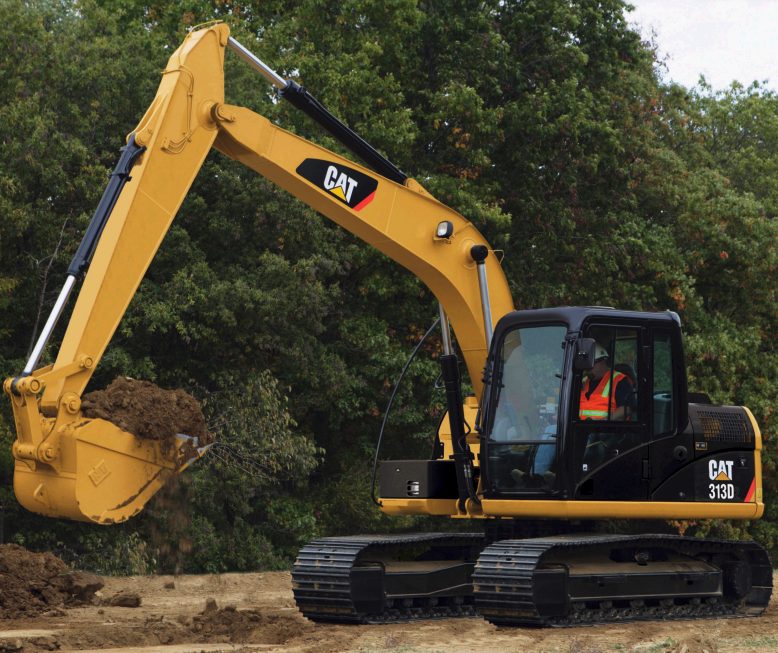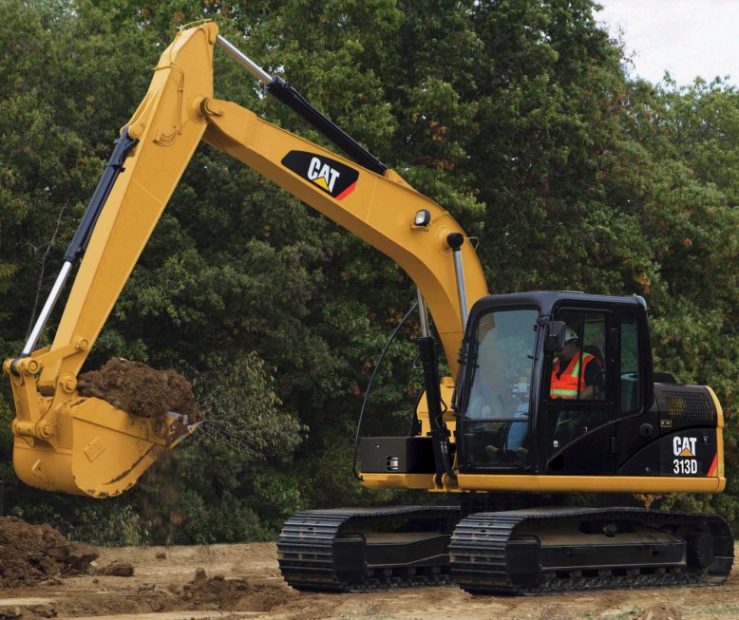
# An Extensive Handbook on Heavy Machinery Investment for Small Construction Entrepreneurs
Investing in heavy machinery represents a crucial financial decision for small construction entrepreneurs. Selecting the proper equipment can significantly optimize operations, improve productivity, and ultimately enhance profit margins. Conversely, acquiring machinery that does not align with your business requirements may result in avoidable costs, increased downtime, and logistical issues such as storage and upkeep.
Considering the magnitude of this investment, it’s vital to approach the purchase strategically, taking into account various elements like project needs, financing options, and long-term service requirements. This handbook highlights the key steps every small construction entrepreneur should take before investing in heavy machinery.
## Assess Your Business Requirements and Project Demands
Prior to exploring specific machinery options, it’s essential to analyze your business’s daily operations and future objectives. This evaluation ensures your acquisitions cater to both current and prospective needs:
### 1. **Usage Frequency**
The frequency of machinery utilization greatly influences the type of equipment you should acquire. For example, if excavation tasks are a regular part of your projects, investing in an excavator might be prudent. Conversely, if certain equipment is needed infrequently, leasing may be a more sensible approach.
### 2. **Project Size**
Evaluate the dimensions and intricacies of your projects. For minor local assignments, smaller equipment may be adequate, while larger projects will likely necessitate high-capacity machinery. Your selection should be directly connected to project requirements, including terrain type and the materials you will manage.
### 3. **Anticipate Future Expansion**
Thinking ahead is crucial. If you aim to branch into new areas—such as roadwork or demolition—acquiring machinery that aligns with your growth goals is important. For instance, while a bulldozer might not be needed immediately, if you expect to tackle larger projects down the line, it could be a worthwhile investment now.
## Establish a Practical Budget and Explore Financial Solutions
Investing in heavy machinery involves significant costs, not only for the purchase but also for operation, upkeep, and depreciation. Creating a practical budget ensures your acquisition does not unduly burden your finances.
### 1. **Initial Expenses**
Machinery like backhoes, bulldozers, or excavators can vary significantly in price depending on size, brand, and features. Investigating the costs of multiple machines will assist in establishing a budget-friendly range. Premium brands may provide superior durability, justifying higher upfront costs in the long run.
### 2. **Operational and Maintenance Expenses**
Beyond the purchase price, consider costs related to fuel, insurance, and regular maintenance. The more extensive and complex the machinery, the more substantial these ongoing expenses may be. Thus, incorporating these costs is essential when drafting your budget.
### 3. **Leasing vs. Purchasing**
For small businesses, leasing can present a more economical alternative to buying. Leasing typically involves lower initial payments and allows for easier upgrading to the latest models. However, ownership has its benefits, particularly for machines you plan to utilize consistently. Many dealers provide financing options to help distribute the cost over time, making larger acquisitions more manageable.
## Investigate Suitable Machine Types and Models
Once your financial boundaries are set, research the types of heavy machinery that best suit your specific project requirements. Below are some frequently used equipment types in the construction sector:
– **Excavators**: Versatile machines suitable for digging, excavation, and demolition. They are available in various sizes, from compact models to larger versions for extensive projects.
– **Backhoe Loaders**: A multifunctional choice ideal for smaller tasks requiring both excavation and material handling.
– **Bulldozers**: Designed for land clearing, grading, and moving heavy materials and soil.
– **Skid Steer Loaders**: Compact and highly portable, perfect for tasks in confined spaces.
– **Cranes and Lifts**: Essential for operations that demand heavy material lifting or working at elevated positions.
After identifying the type of machinery required, explore specific models from different manufacturers. Some brands are celebrated for creating long-lasting machines, while others prioritize advanced automation features that could reduce labor costs over time.
## Assess the Durability and Longevity of the Machinery
As a small construction enterprise, you need equipment that endures without frequent malfunctions. Here’s how to assess durability:
### 1. **Evaluate the Manufacturer’s Track Record**
Brands such as Caterpillar, John Deere, and Komatsu are known for producing machines with robust reputations regarding reliability and longevity. Although these top-tier brands might come with a higher initial investment, their durability and superior resale value may render them a more cost-effective option over time.
### 2. **Examine the Quality of Components**
